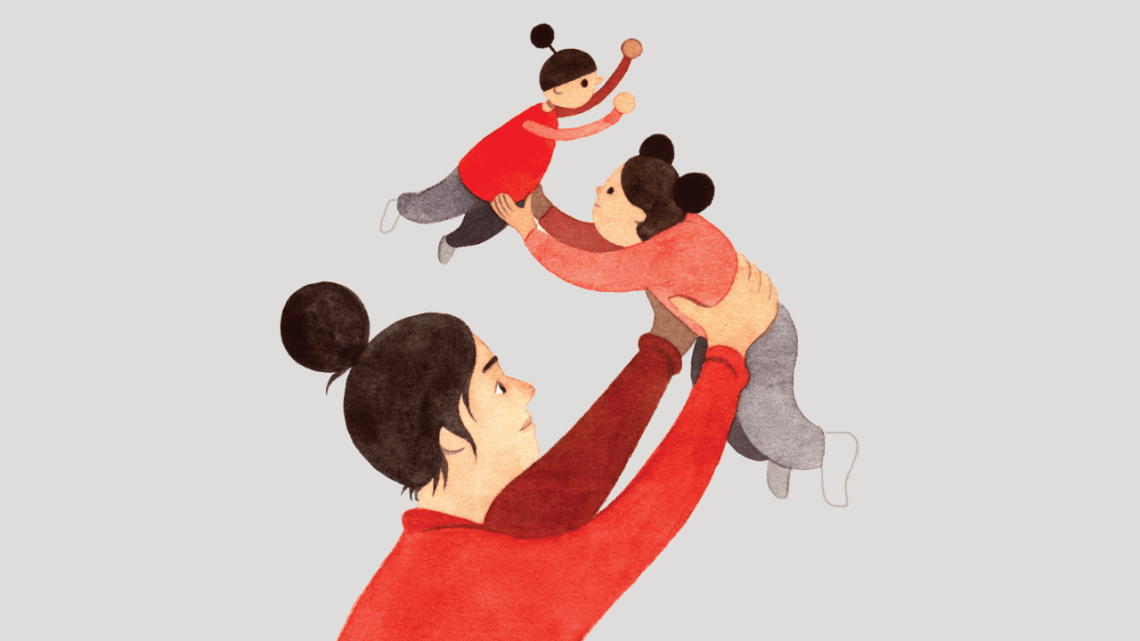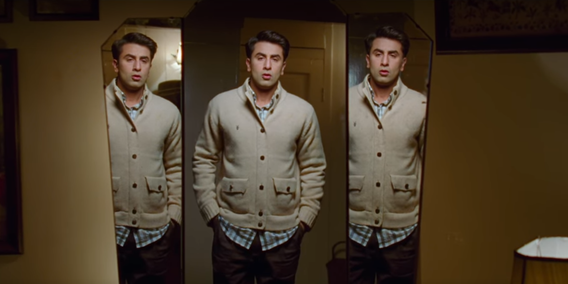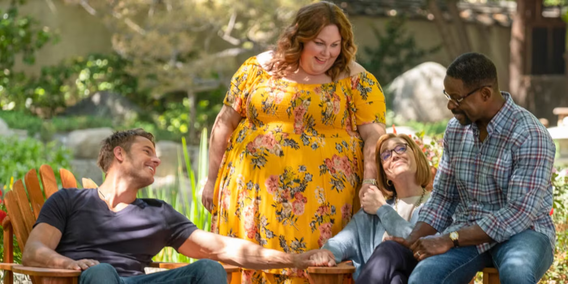The minute we were born, our need for food, comfort and safety were catered for, making us completely dependent on our caregivers for survival. In fact, right from the beginning (even in utero!), we’ve been nurtured by our caregivers.
Attachment is the emotional bond we share with another human. This bond is the foundation of our emotional health; and it lays the groundwork for all the valuable relationships in our life.
John Bowlby developed ‘The Attachment Theory’, which traces the trial and tribulations of our adult relationships to the earliest experience of care. Bowlby said that children need to be emotionally attached to a person who can provide them with security, safety & reassurance when they are anxious, and it is this ʻSecure Baseʼ that should be provided by the primary caregiver, in order for the child to feel able to explore the world knowing that they will always be able to return when needed.
The instinctual need for a secure base is so strong, a child will always attempt to develop it whether their caregivers respond appropriately to the bond or not. If the latter is attentive, empathic and comforting, especially when the child is fearful, a ‘Secure Attachment’ is formed and a ‘Secure Base’ is internalised. Once this is developed, even if the child (or the future grown adult) cannot physically be near this person, they can mentally return to their internal secure base for security, confidence and self-soothing, perhaps by thinking of comforting thoughts or images or utilising self-soothing behaviours.
However, if a caregiver fails to respond as sensitively to a childʼs attachment needs as required, the child will adapt its behaviour and develop Anxious or Avoidant Attachments in relationships.
The attachment behaviours are activated by events that are difficult or threaten the achievement of proximity, insecurities in relationships. As adults, a person with a secure attachment style in the face of difficulties in their relationship might trust their partner and their own sense of worth, share their feelings with their peers and seek out social support. On the other hand, a person with an anxious attachment style might be fearful, clingy and controlling. Similarly, an individual with an avoidant attachment style might get defensive and take a retreating stance by avoiding conflict and confrontation when struggles arise in a relationship.
So are all our relationships doomed if we don’t have a secure attachment style with our caregivers?
No!
We can learn to “Reorganise” – a process by which we are actively changing our understanding of the past and present experience and moving towards security in our attachments. We can learn to respond sensitively to other people’s cues contributing to the development of secure attachment. (Iyengar et al 2014)
References
- Bowlby, J. (1969). Attachment and loss. (OKS Print.) New York: Basic Books.
- Bowlby J (1973). Separation: Anxiety & Anger. Attachment and Loss (vol. 2); (International psycho-analytical library no.95). London: Hogarth Press. ISBN 0-7126-6621-4. OCLC 8353942
- Draper P, Belsky J. Personality development in the evolutionary perspective. J Pers. 1990;58(1):141-61. doi:10.1111/j.1467-6494.1990.tb00911.x
- Iyengar U, Kim S, Martinez S, Fonagy P, Strathearn L. Unresolved trauma in mothers: intergenerational effects and the role of reorganization. Front Psychol. 2014 Sep 1;5:966. doi: 10.3389/fpsyg.2014.00966. PMID: 25225490; PMCID: PMC4150444.







